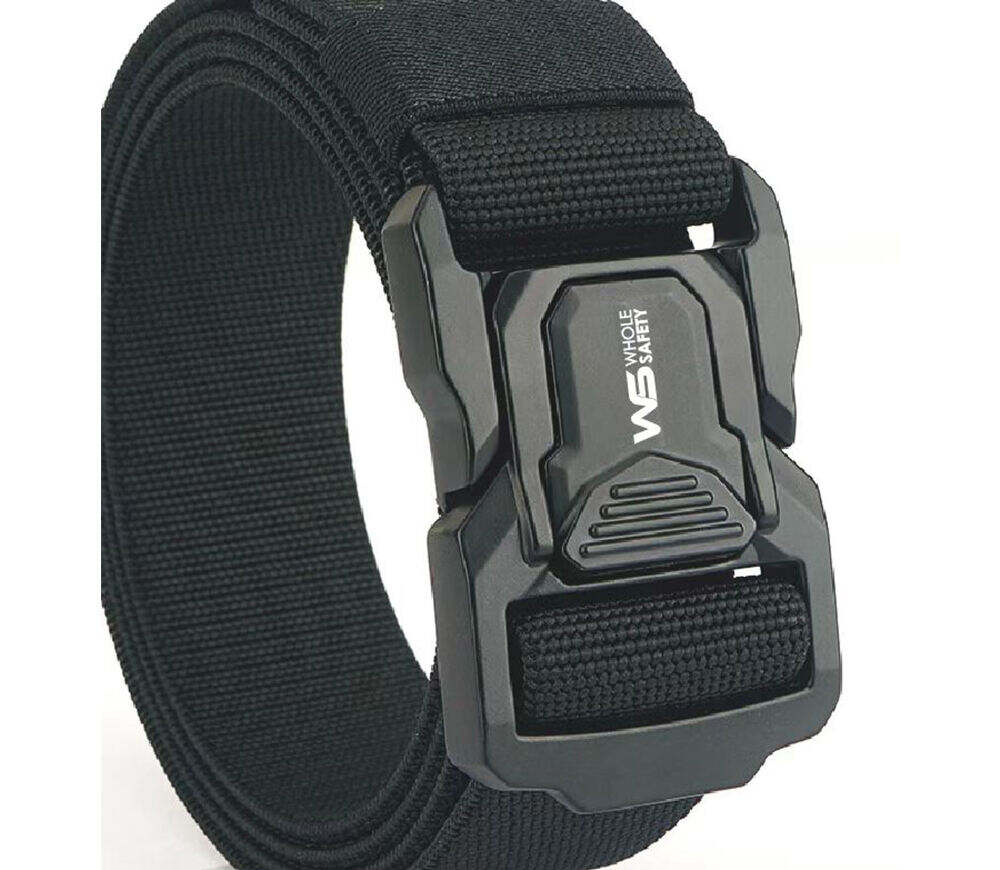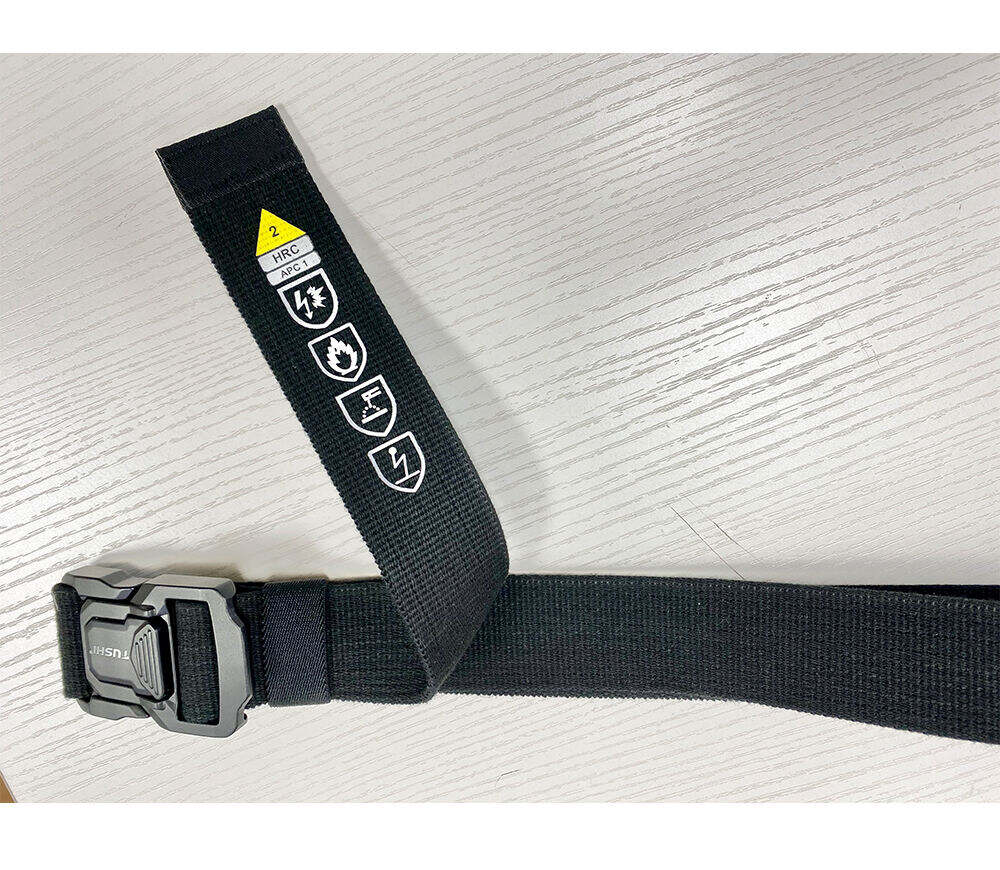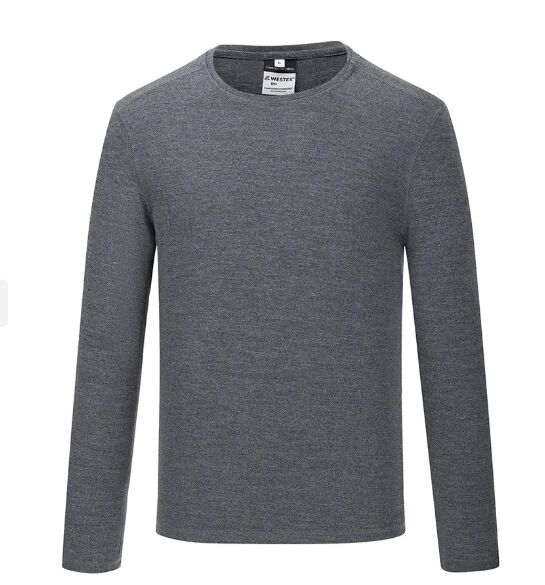Working in environments where there is a risk of fire can be extremely challenging, especially when the protective gear is not breathable. Breathable fire retardant gear is a game - changer for workers in industries such as firefighting, petrochemicals, and welding, as it provides the necessary fire protection while also allowing for air circulation, keeping the wearer cool and comfortable.
The key to breathable fire retardant gear lies in the choice of materials. Advanced fire - retardant fabrics are used that are not only resistant to flames but also have breathable properties. These fabrics are often engineered with a micro - porous structure that allows air molecules to pass through while blocking water and other liquids. For example, some fabrics may use a combination of synthetic fibers and a special coating that creates tiny pores. These pores are large enough to let air in and out, but small enough to prevent the penetration of flames and hot gases.
In addition to the fabric, the construction of breathable fire retardant gear is also important. Seams are sealed to prevent air and moisture from entering or escaping in unwanted areas, while still allowing for overall breathability. Ventilation panels may be incorporated into the design in strategic locations, such as the underarms, back, or sides of the gear. These panels are made from the same breathable fire - retardant material and help to increase airflow, reducing the build - up of heat and moisture inside the gear.
Comfort is a major advantage of breathable fire retardant gear. Workers in high - risk environments often have to wear their protective gear for long periods, and if the gear is not breathable, it can lead to discomfort, heat stress, and fatigue. Breathable gear allows the body's natural cooling mechanism to work more effectively, as sweat can evaporate more easily. This helps to keep the worker's body temperature regulated, improving their overall comfort and allowing them to focus on their tasks.
Breathable fire retardant gear is available in a variety of styles, including jackets, pants, coveralls, and hoods. Firefighters, for example, may wear breathable fire - retardant jackets and pants that provide full - body protection while still allowing for freedom of movement. The gear may also have additional features such as reflective strips for high visibility, adjustable cuffs and waistbands for a customized fit, and multiple pockets for storing essential tools and equipment.
When selecting breathable fire retardant gear, it's important to ensure that it meets the relevant safety standards and regulations. Different industries may have specific requirements for fire - retardant clothing, and the gear should be certified to meet or exceed these standards. Employers are responsible for providing their workers with the appropriate breathable fire retardant gear and ensuring that it is properly maintained and inspected regularly.
In conclusion, breathable fire retardant gear is an essential piece of personal protective equipment for workers in high - risk fire environments. By combining fire protection with breathability, it enhances the comfort, safety, and performance of workers, allowing them to carry out their duties more effectively.


